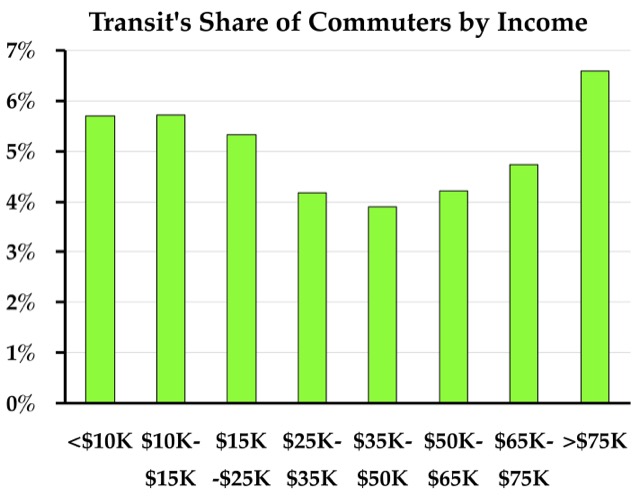On July 19, Miami-Dade’s transportation planning organization will decide whether to spend $300 million on bus-rapid transit or $1.5 billion on rail. As noted by the Antiplanner a year ago, this continues a debate that has been going on for years.
It’s a stupid debate because buses can move far more people for far less money. It’s even stupider because the $300 million bus-rapid transit plan is also a waste of money as Miami can’t generate enough transit traffic to effectively use dedicated bus lanes. The heart of the debate has nothing to do with transportation and everything to do with politicians’ egos.
“People in the south understand that if they settle for a bus, they’ll never get a rail,” said one politician. “Nobody wants buses.” Let me give you a clue: nobody except contractors and politicians really wants rail either. More than 90 percent of Miami-Dade commuters drive to work and less than 6 percent take transit (less than 1 percent of which uses existing rail). Continue reading








